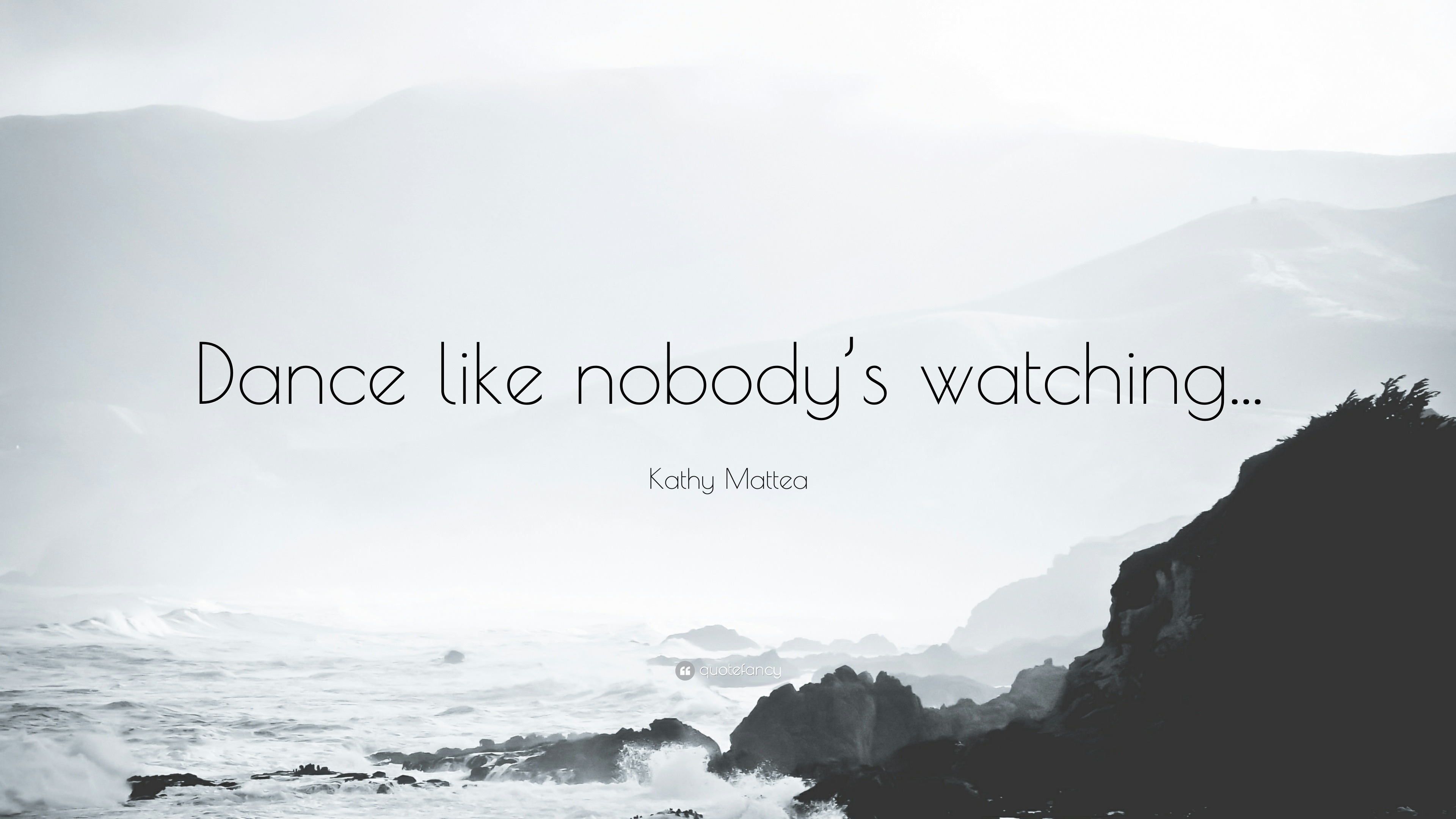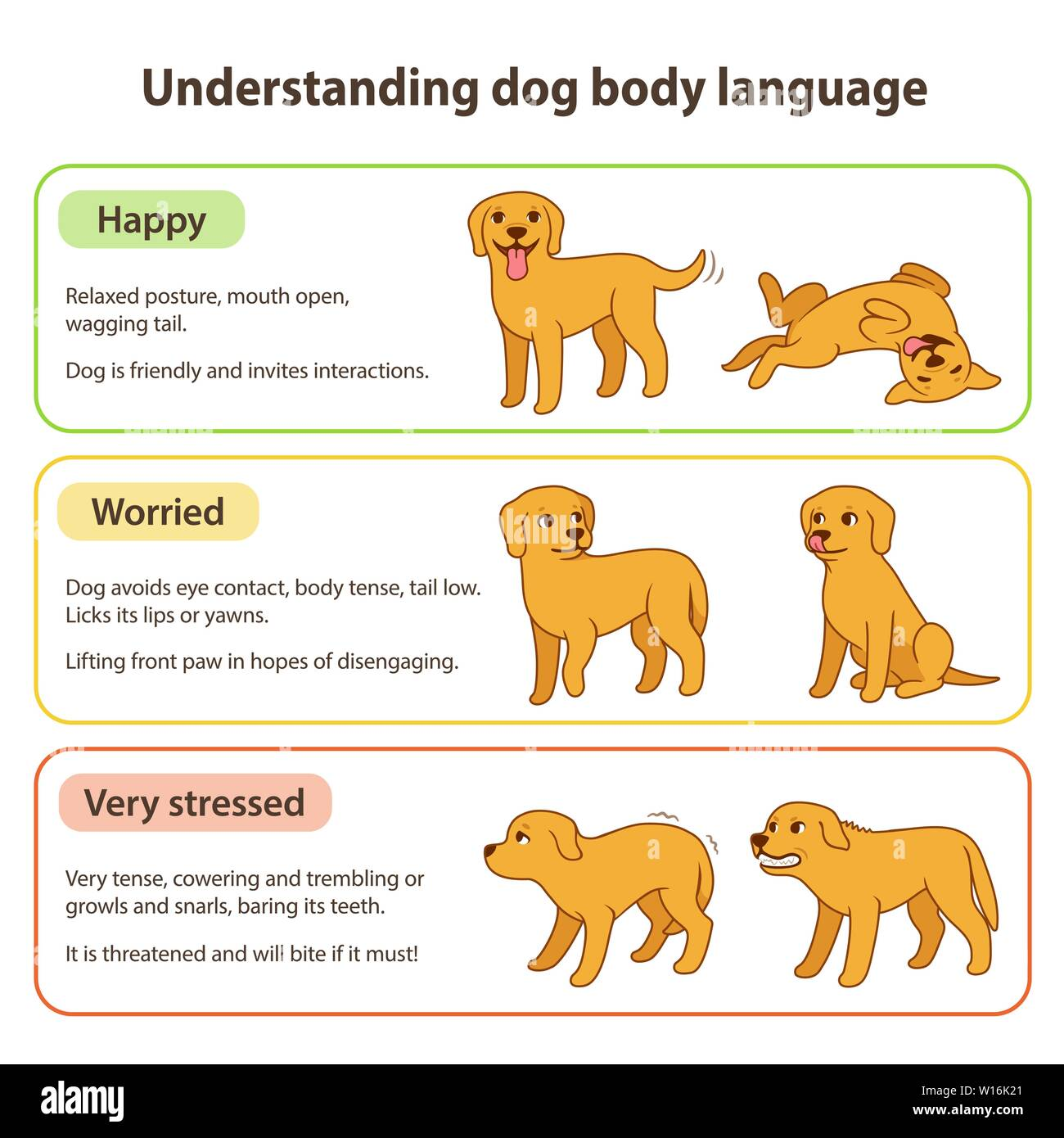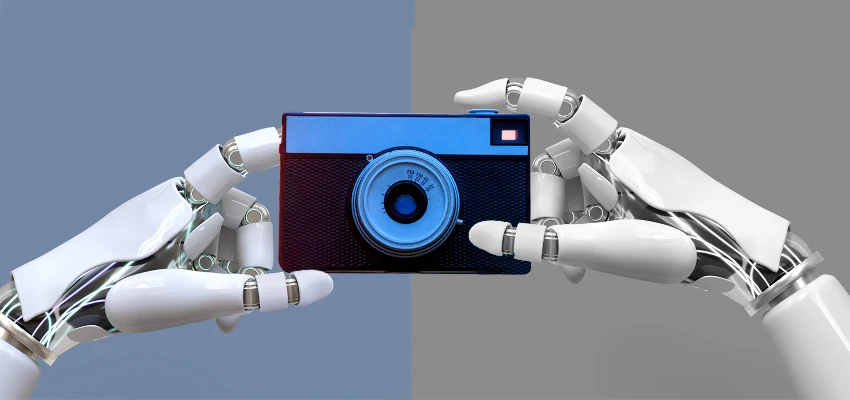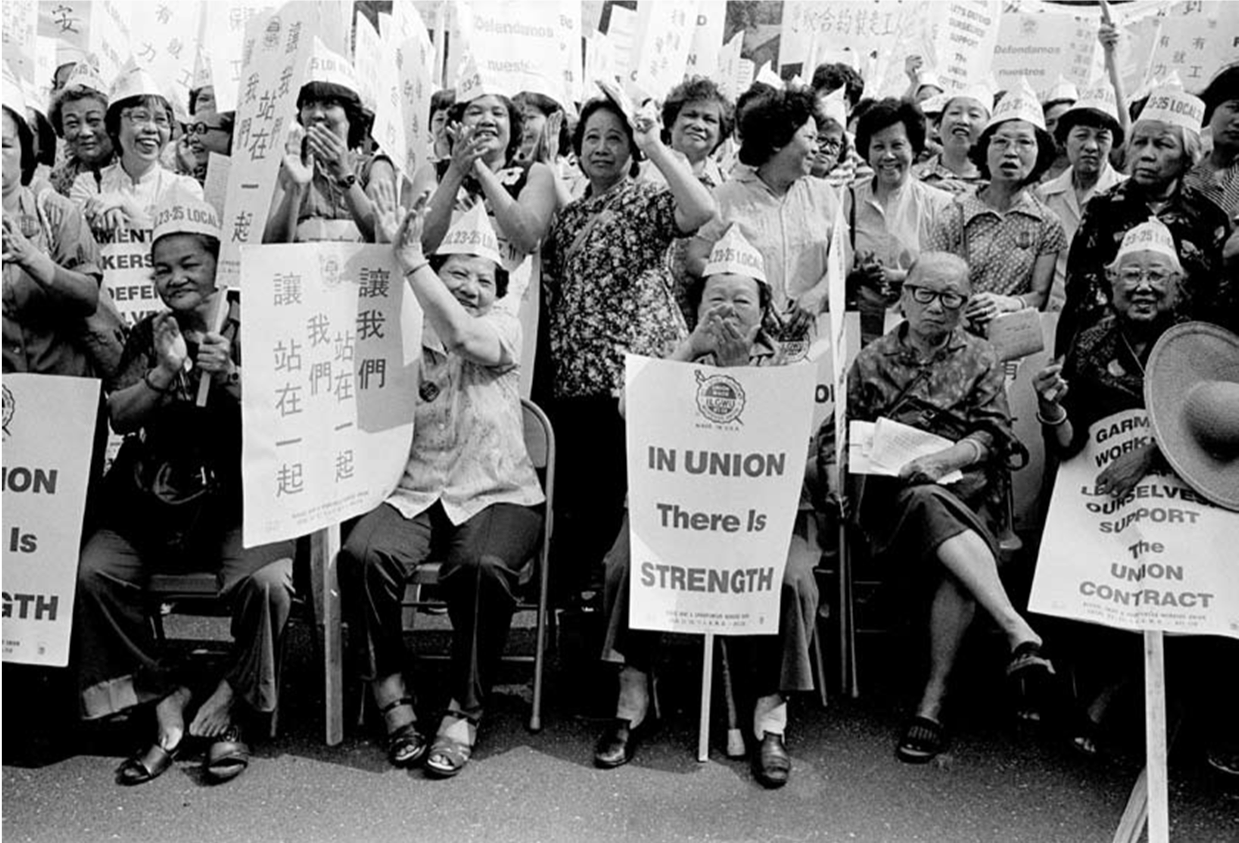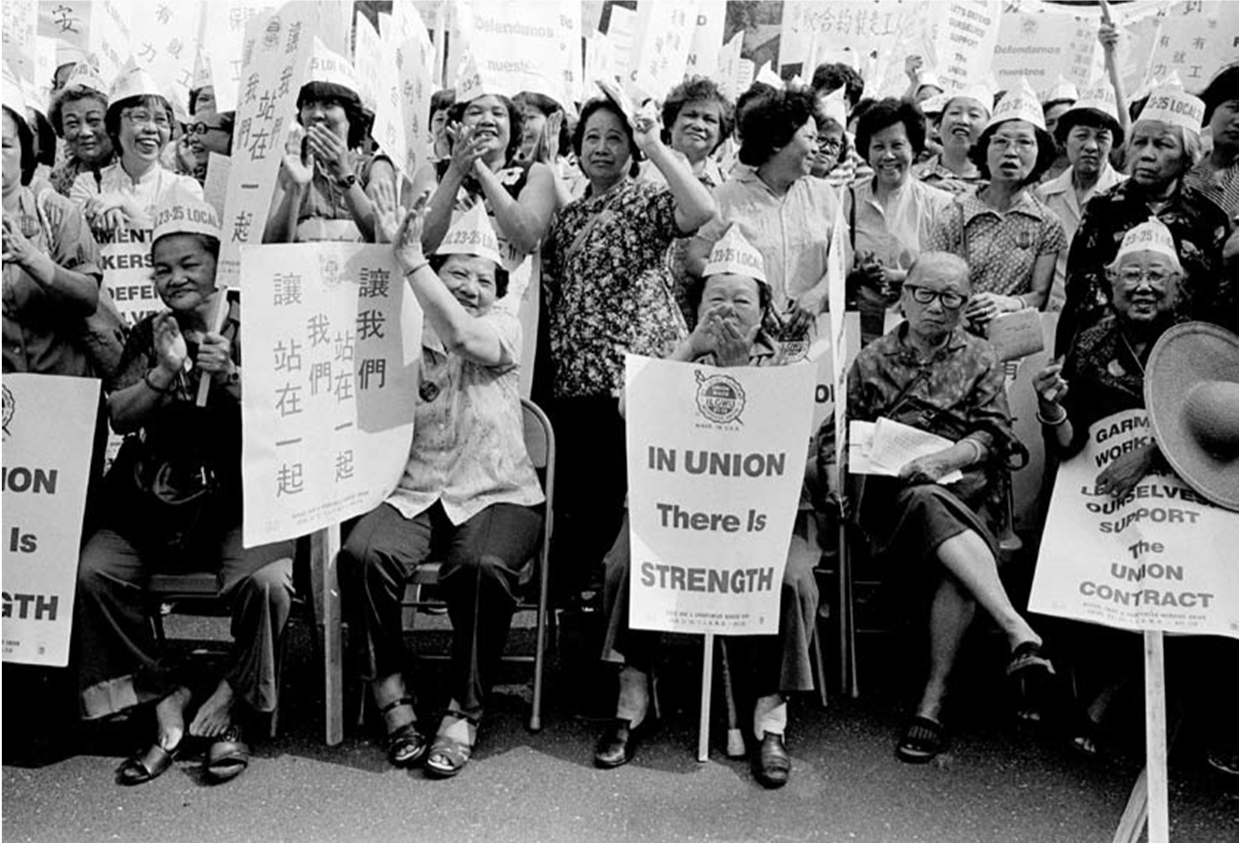Dance like someone is watching is an exhilarating expression that transforms a simple movement into a powerful performance. It embodies the freedom to let go and truly connect with one’s emotions, inviting everyone to witness the rawness of your spirit. In this exploration of dance tips, we uncover how to channel and release pent-up energy through dance expression. Imagine stepping onto the stage of life with the confidence that comes from being unapologetically yourself; it’s about capturing emotions through dance and conveying stories that resonate deeply with your audience. The beauty lies in embracing the moment, understanding that the art of dancing isn’t just about perfecting your technique—it’s about feeling the music and letting it guide your body into a transcendent state of joy.
When we talk about the essence of movement, we delve into concepts like performing when eyes are upon you, a form of expression that elevates the ordinary. This concept of inviting observers into your world can be likened to spiritual dancing, where the body becomes an instrument of emotional release. Emphasizing authenticity in your movements encourages spontaneity and a connection with viewers that requires no perfection—just genuine passion. By flowing freely and embracing the rhythm, dancers can transform their physical presence into a conduit for emotion, bringing forth dynamic storytelling through their art. In this context, engaging with dance transforms into an experience of both individual and collective expression, making every performance a unique exploration of the self.
Dance Like Someone is Watching: Embrace Vulnerability
Dancing like someone is watching can initially feel intimidating, but it is one of the most liberating expressions of self. This phenomenon encourages individuals to break free from their inhibitions and allow their true selves to emerge on the dance floor. Embracing vulnerability is essential as it not only enhances dance expression but also deepens the connection between the dancer and the audience, creating a dynamic atmosphere where emotions can be conveyed through movement. When we dance as if we are being observed, we become vessels for the stories we want to tell, sharing our joys, struggles, and triumphs with each step.
To truly dance like someone is watching, one must cultivate a mindset of confidence and purpose. It’s all about transforming self-consciousness into self-expression. This shift can be achieved by focusing on capturing emotions through dance. Letting go of the fear of judgment and instead channeling energy into the performance allows the dancer to find joy in the movement itself. Whether performing for a crowd or simply for oneself in a private setting, the act of dancing with full awareness of one’s audience can unlock a deeper level of engagement, making each performance unique and expressive.
Finding Release in Dance: The Path to Spiritual Connection
The dance practice, particularly in cultures like Mali’s djine foly, highlights how release in movement can facilitate a spiritual awakening. Jeffrey L. Page emphasizes the need to let go of everything we hold onto to connect with our inner selves, often referred to as our djinn. When we participate in a dance that encourages emotional release—whether through a shout, a scream, or freeform movement—we initiate a cathartic process that resonates with our spirit. This release is pivotal in experiencing the pure joy and freedom that dance can offer, lifting the spirits and nourishing the soul.
Moreover, finding release through dance isn’t just for spiritual practitioners; it can be a practice for anyone seeking joy in movement. By embracing our instinct to move freely and without judgement, we align our bodies with our emotions, facilitating personal growth and understanding. Dance becomes a dialogue between the body and the soul, where each movement is an opportunity to express our innermost feelings. Engaging in this practice fosters a deeper connection to oneself and can be a transformative experience, helping to combat the rigidity often brought on by societal expectations.
Dance Tips for Expressive Movement
Whether you’re a seasoned dancer or just stepping onto the floor for the first time, there are invaluable dance tips that can enhance your experience and expression. One of the most vital tips is to warm up mentally as well as physically. Stretching and preparing the body is essential, but so is preparing the mind to let go of self-judgment. Instead, engage in captivating pre-dance rituals, like visualizing your favorite dance performances, which can serve as a catalyst for liberating your body and spirit.
Another crucial tip is to focus on the experience rather than the audience. Dance expression thrives on authenticity; when dancers express their true feelings, they captivate those who are watching, and this connection can create a lasting impression. Allowing oneself to feel the music and let those sensations flow through movement encourages a deeper connection to both the art form and the audience. Emphasizing spontaneity over perfection leads to a more genuine performance, allowing for an experience of dance that can resonate with others.
Capturing Emotions Through Dance
Dance is often described as the language of the soul, providing a powerful platform for capturing emotions that might be difficult to express verbally. Every movement, from a joyous leap to a solemn sway, speaks volumes about the dancer’s inner state. Learning how to articulate these feelings through dance not only enhances personal expression but also allows audiences to connect with the performance on a deeper level. By tapping into underlying emotions and translating them into physical movements, dancers can evoke similar feelings in their viewers, creating a shared experience of catharsis.
Moreover, the use of music plays an integral role in capturing emotions through dance. Different rhythms, melodies, and beats can profoundly affect how we move and express ourselves. By choosing music that resonates with personal feelings or tells a specific story, dancers can further elevate their performances. Creative choreography can mirror the highs and lows of a narrative, allowing both the dancer and the audience to journey together through the dance—transforming raw emotion into a beautifully staged performance.
The Importance of Connection in Dance
In dance, connection is more than just a physical presence; it’s about creating a bond with the music, the audience, and even the fellow dancers. This connection can elevate a performance, transforming it from mere steps to a soulful expression of shared humanity. Engaging with the audience through eye contact and emotional expression helps the dancer communicate effectively, turning individual moments of dance into collective experiences that resonate with everyone in the room.
Additionally, this aspect of connection is not limited to public performance. It is equally important during practice sessions and personal moments of dance. Building a connection with one’s self through movement can lead to greater confidence and authenticity in performance. When dancers allow themselves to feel and express without fear, they cultivate a profound connection with their innate rhythm, further enriching their dance journey and inspiring those around them.
The Role of Rhythm in Dance
Rhythm is the heartbeat of dance, dictating the flow of movement and providing structure to each performance. Understanding and engaging with rhythm allows dancers to navigate emotional landscapes, ushering them through varied expressions and themes. Whether it’s a complex series of beats in hip-hop or the fluidity of ballet, rhythm serves as a guide that helps dancers articulate their feelings and surround audiences with the emotional weight of their performance.
Dancers often cultivate a deep relationship with rhythm through practice and mindful movement. Feeling the pulse of the music and allowing it to inspire movements creates a harmonious blend of physicality and emotion. This connection not only allows dancers to unleash their creativity but also channels their unique experiences into their art—making each performance a personal exploration and a heartfelt representation of their inner world.
Understanding Dance as a Narrative Tool
Dance can be viewed as a powerful narrative tool, capable of conveying stories without a single word. Each movement is a stroke of the brush on the canvas of performance, painting images and themes that resonate with the audience’s emotions. When dancers take the time to understand the narrative behind their movements, they can better express the complexities of human experience. This creates a layered performance that invites viewers into the dancer’s world, each gesture imbued with meaning.
Incorporating narrative elements into dance enhances the emotional depth of performances. Dancers are encouraged to envision their routines as stories, complete with characters and arcs. This narrative-driven approach challenges dancers to embody their roles fully, ensuring that their movement reflects the intention behind the piece. By sharing their own stories through dance, performers can forge deeper emotional connections with their audience, making the experience not just a visual display, but a shared journey of discovery.
The Intersection of Culture and Dance Expression
Throughout history, dance has served as a mirror reflecting the culture and emotional experiences of the people who practice it. Each culture brings unique traditions and expressions to dance, enriching the art form and creating a vibrant tapestry of styles. Combining cultural elements with personal expression allows dancers to celebrate their heritage while also portraying their individual stories. In this way, dance becomes a collective expression that honors not just the dancer’s identity, but also the diverse experiences within our global community.
Exploring the intersection of culture and dance expression opens avenues for dialogue and understanding among different communities. By learning about various styles, techniques, and cultural significances, dancers can cultivate a broader appreciation for the art form as a whole. This collaboration encourages fusion styles that respect traditional roots while innovating and expanding the dance vocabulary. Ultimately, dance can serve as a bridge across cultures, fostering empathy and respect for the myriad ways people share their stories through movement.
Emotional Wellness Through Dance: A Therapeutic Approach
Dance can serve as a powerful catalyst for emotional wellness, offering myriad benefits for mental health and well-being. Therapy through dance movement helps individuals access hidden emotions, process complex feelings, and find release in physical expression. This form of therapy not only encourages participants to confront emotional blockages but also facilitates healing by releasing pent-up feelings through movement, leading to catharsis and emotional clarity.
Moreover, engaging in dance can boost mood and self-confidence, promoting a sense of accomplishment and joy. As individuals explore the connection between their body and emotions, they develop a healthier self-image and a deeper understanding of themselves. Whether participating in dance classes or simply dancing in their living rooms, people can embrace the freedom to express their emotions, ultimately nurturing their mental and emotional health.
Frequently Asked Questions
What does it mean to dance like someone is watching?
To dance like someone is watching means to express yourself fully and freely through movement, allowing your emotions and stories to be seen by others. This expression is crucial in dance as it transforms your movements into a captivating narrative that engages the audience.
How can I incorporate dance tips to dance like someone is watching?
To effectively dance like someone is watching, focus on connecting with your inner feelings and letting those emotions guide your movements. Use dance tips like practicing improvisation and being aware of your body language, as these will enhance your expressiveness and confidence on the dance floor.
What role does dance expression play in dancing like someone is watching?
Dance expression plays a vital role in performing as if someone is watching. It encourages you to project your emotions outward, making your performance resonate with viewers. By emphasizing your expressions, you can create a deeper connection with the audience, leaving a lasting impression.
Can spiritual dancing help me dance like someone is watching?
Yes, spiritual dancing can significantly enhance your ability to dance like someone is watching. By tapping into a trance-like state, you can connect more deeply with your emotions and release inhibitions, allowing for a more authentic performance that captivates those who are watching.
How does capturing emotions through dance enhance my performance when dancing like someone is watching?
Capturing emotions through dance enhances your performance because it brings authenticity to your movements. When you let your emotions dictate your choreography, your audience can feel your passion and story, making the performance more impactful and memorable.
What are effective techniques to achieve dance release while dancing like someone is watching?
To achieve dance release while dancing like someone is watching, try techniques such as deep breathing, vocalizing, or even shouting to let go of tension. This cathartic release can free your mind, allowing you to engage fully with your dance and the audience.
Why is it important to dance as though someone is watching?
Dancing as though someone is watching is important because it cultivates a sense of presence and intention in your movements. This mindset encourages you to communicate your feelings and stories clearly, fostering a greater emotional connection with your audience.
How can I practice dancing like someone is watching in my daily routine?
You can practice dancing like someone is watching by turning up your favorite music and performing in front of a mirror or recording yourself. This helps you become more aware of your body language and expression, enhancing your confidence and expressiveness as you dance.
What benefits can I gain from dancing like someone is watching during performances?
Dancing like someone is watching can improve your performance by enhancing your expressiveness and emotional storytelling. It often leads to a more engaging and relatable experience for your audience, making your dance more impactful and memorable.
What insights can I gain about myself through dancing like someone is watching?
Dancing like someone is watching can provide insights into your emotional landscape and self-image. It encourages self-reflection and awareness, helping you identify and articulate your feelings more clearly through the medium of movement.
| Key Points |
|---|
| Dance like someone is watching to express your true emotions and stories without concern for appearances. |
| The concept of ‘djine foly’ in Mali highlights the spiritual aspect of dance, allowing for cathartic release and emotional expression. |
| Engaging in uninhibited dance can help overcome mental barriers and embrace freedom, joy, and intentional movement. |
Summary
To truly embrace the idea of “dance like someone is watching,” one must recognize the power of expression through movement. Dancing is not just about technique or appearance; it’s about releasing emotions and celebrating individuality without fear of judgment. When you dance, let go of self-consciousness and perform with the intent to share your story. This approach not only inspires authenticity but also nurtures a spiritual connection that can bring immense joy. So next time you hit the dance floor, remember: dance like someone is watching and enjoy every moment of it!

